The Symbols of Socialist Art
In the Framework of the One-year Program Series “What’s Left?”
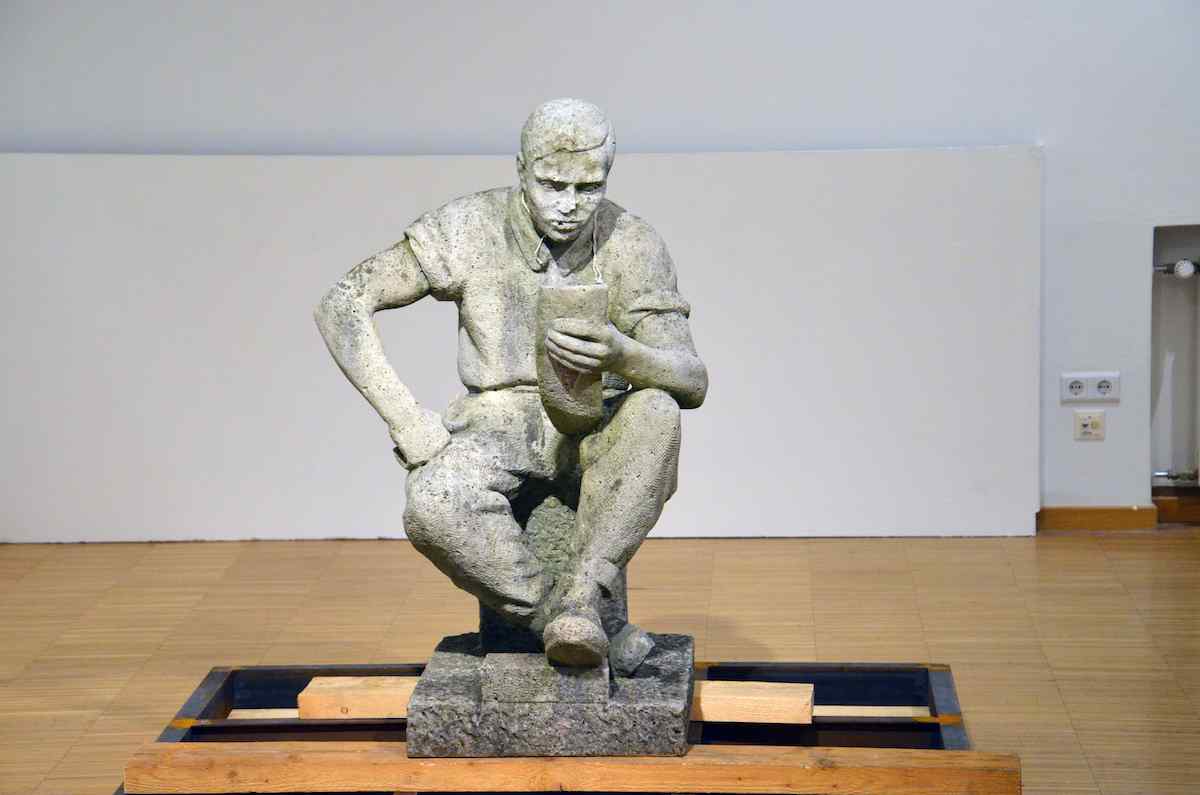
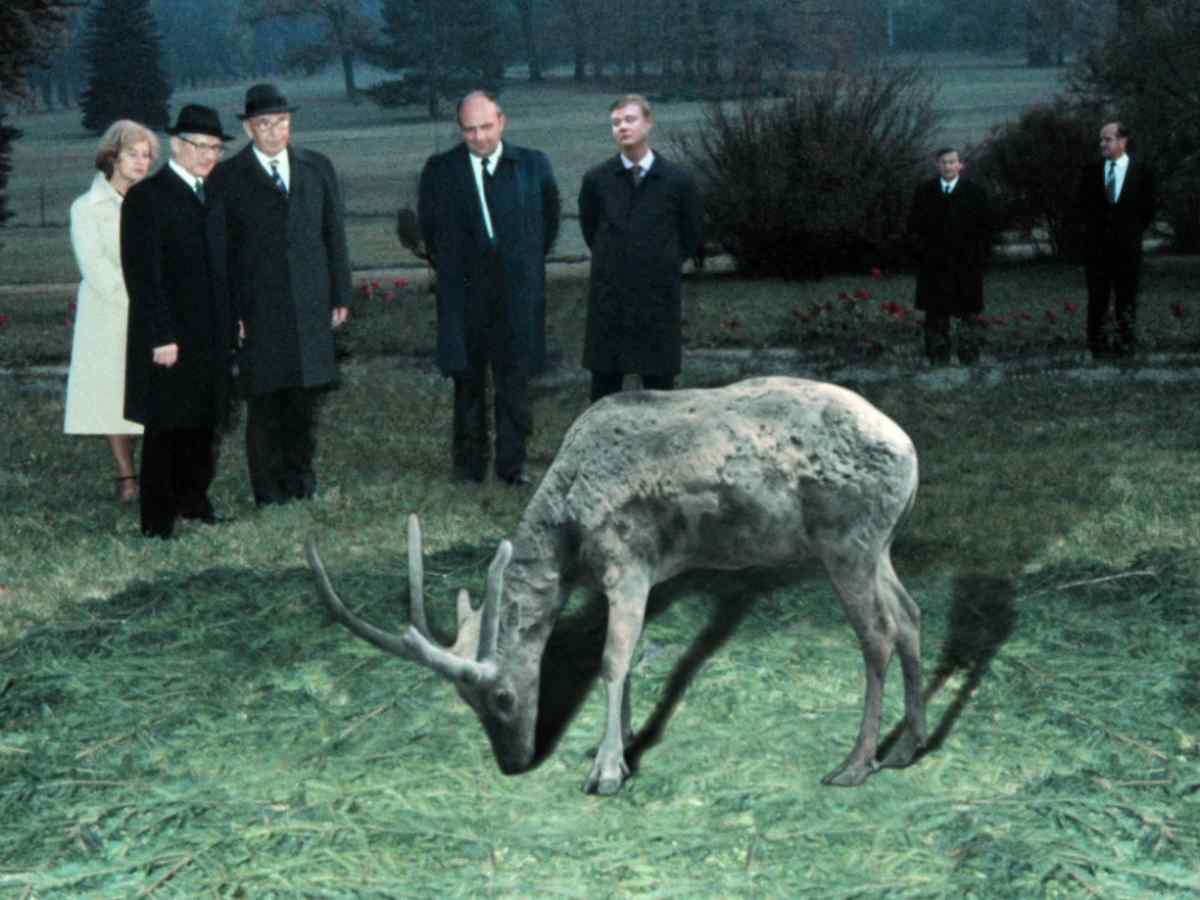
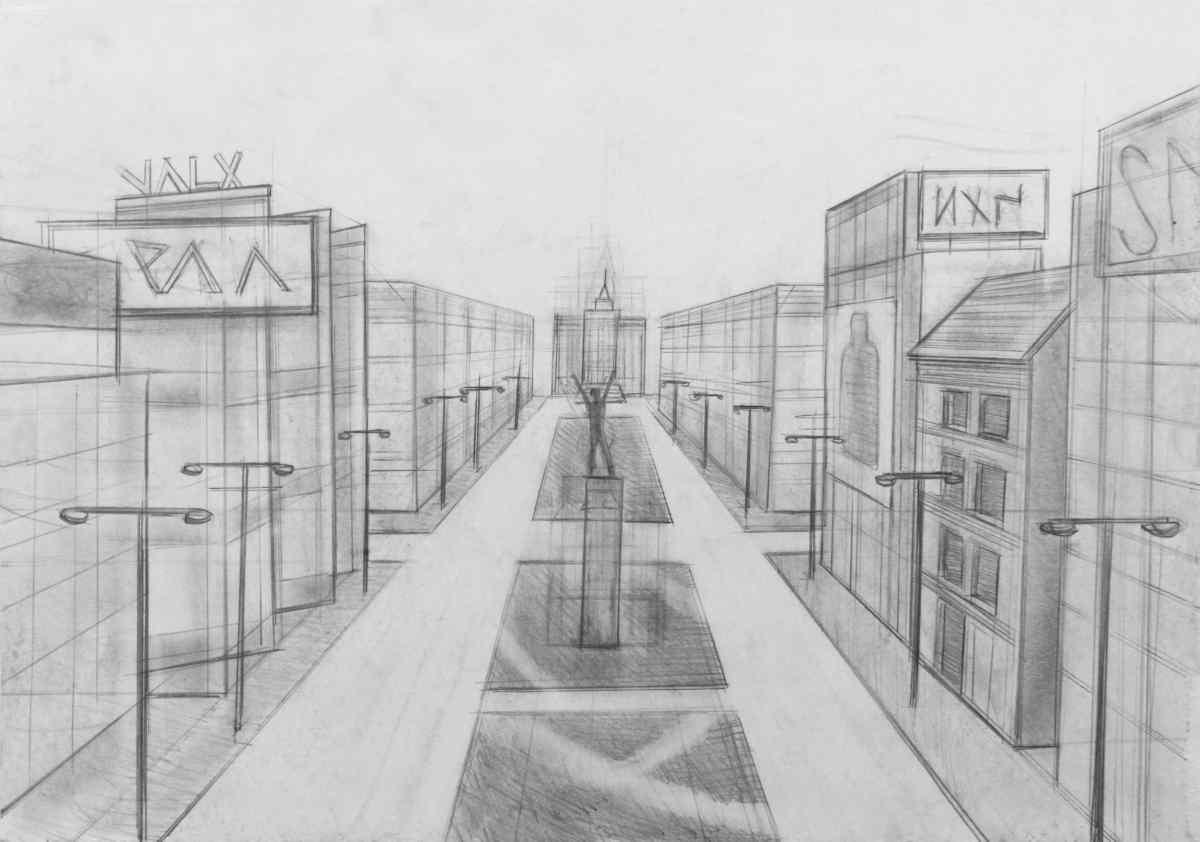
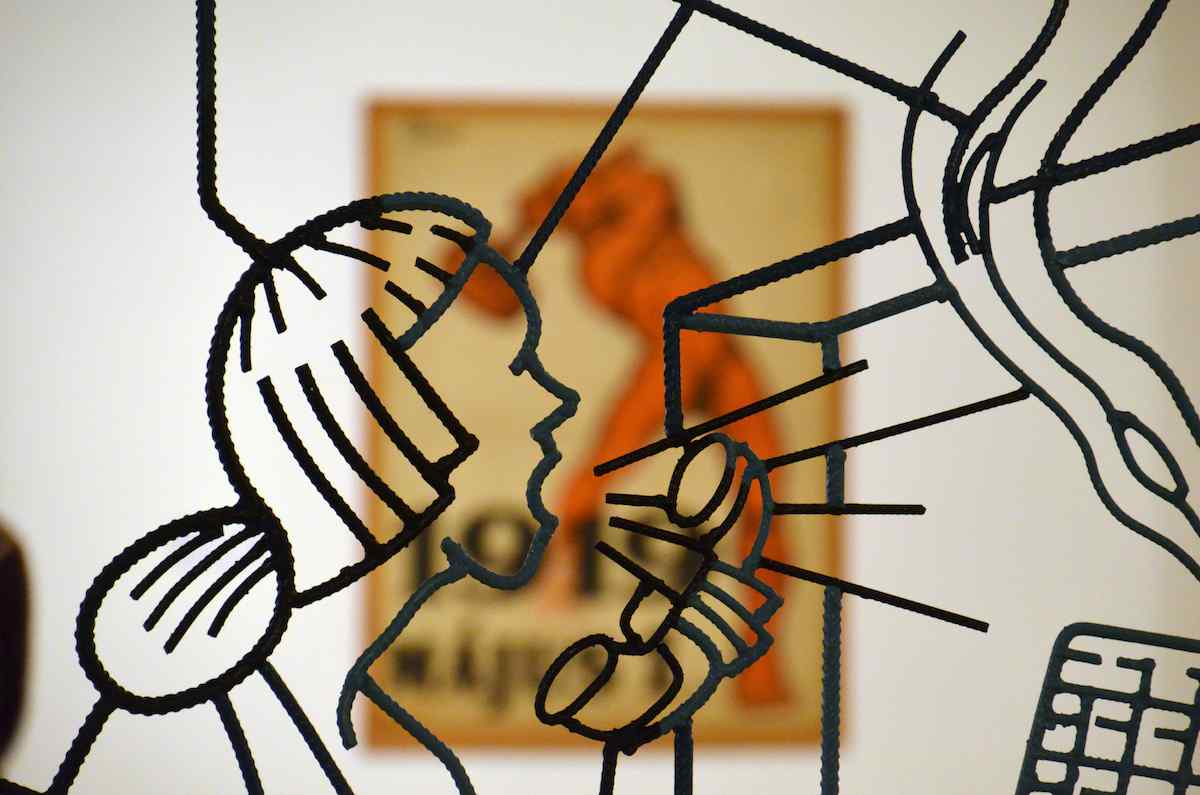
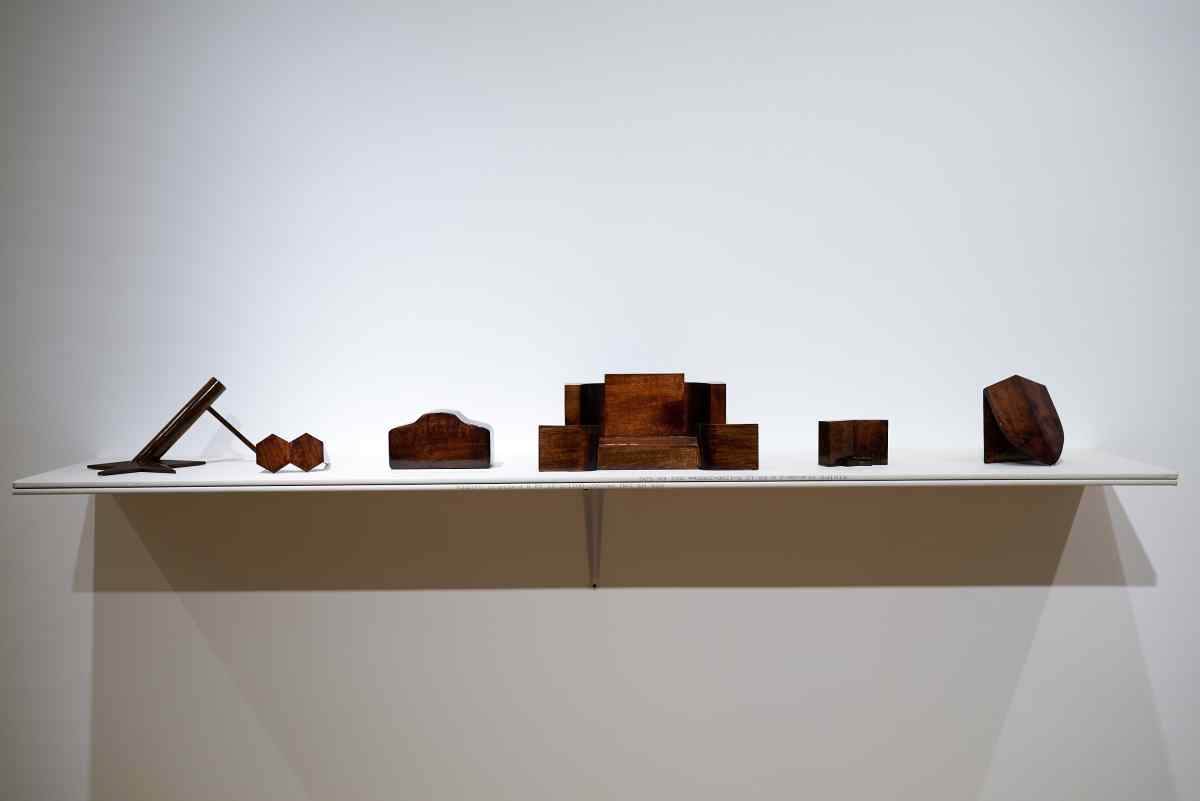
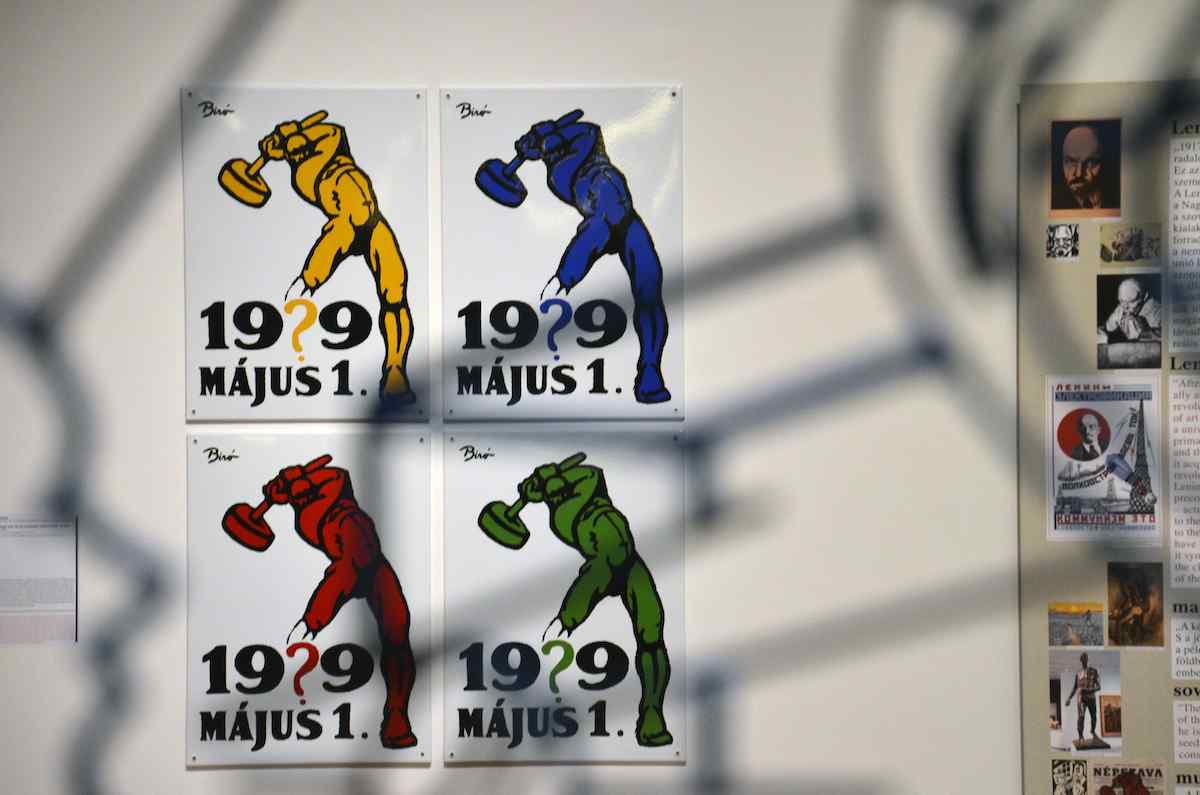
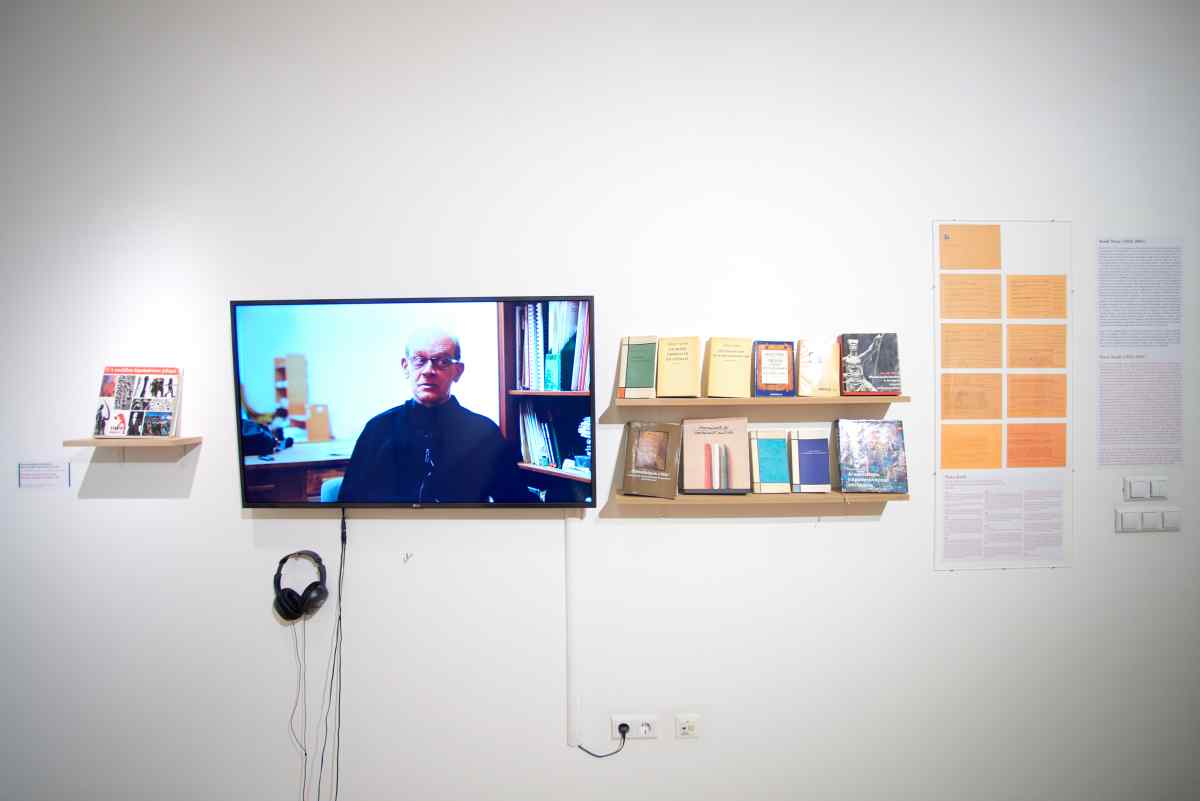
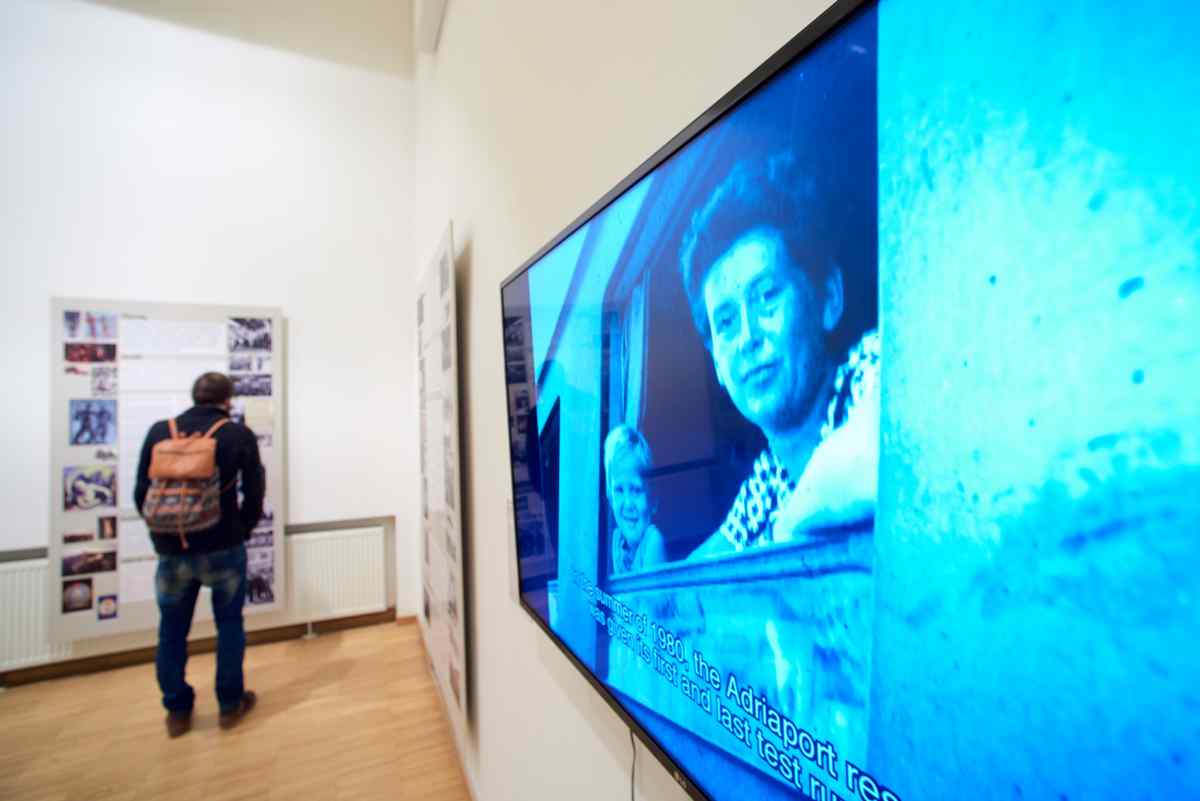
Erik JANEČEK / APART Collective, Adéla BABANOVÁ, Anna BAUMGART, FOKUS GRUPA, GALÁNTAI György, GRÓF Ferenc; LITTLE WARSAW, Jan PFEIFFER, THE RANDOMROUTINES, Katarina ŠEVIĆ, SOCIÉTÉ RÉALISTE, SZALAY Péter
Az Aradi Nóra szerepét bemutató rész kurátora / Curator of the section Nóra Aradi: MÉLYI József
Kurátorasszisztens és kutatás: / Curator and research assistant GÁL Csaba
On the occasion of the 100th anniversary of the Great October Revolution, the Vera and Donald Blinken Open Society Archives will conduct a multi-part research, exhibition and film screening project entitled What’s Left? to investigate Communism from a new perspective, examining its heritage in various thematic, geographical and sociological contexts. The first exhibition organized in the framework of What’s Left? is The Symbols of Socialist Art.
The “sickle and hammer”, or the “red star” are still well-known Communist symbols, but how can we read other images, like “Sun”, or “book” in the context of Communist imagery? In 1974, art historian Nóra Aradi, the omnipotent guardian of Socialist Realism in Hungary, published a book entitled The Symbols of Socialist Art. Her aim was to collect the different meanings and usages of the symbols and icons of “Socialist Art”, thus providing a useful handbook both to the artists and to the audience. Her visual dictionary is a unique document of Socialist and Communist imagery that, a quarter century after the fall of Communism, may also serve as a visual aid, a tool in translating the past to newer generations who were born after 1989.
This Communist Iconologia, similar to Cesare Ripa’s path-breaking work from the 17th century, goes far beyond a simple visual dictionary: it also preserves the world-view – in the most literal sense – of the era. With the help of contemporary artists from the Central and Eastern European region, the exhibition The Symbols of Socialist Art explores and critically re-evaluates this visual dictionary, while also investigating the role of its author in the making of the art history of the 2nd half of the 20th century in Hungary.
In the framework of the one-year program series “What's Left?”.